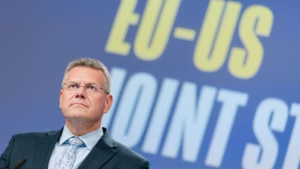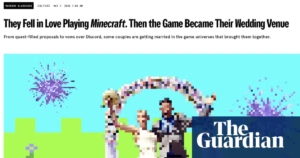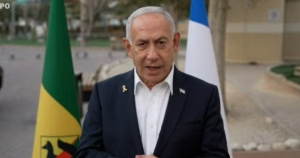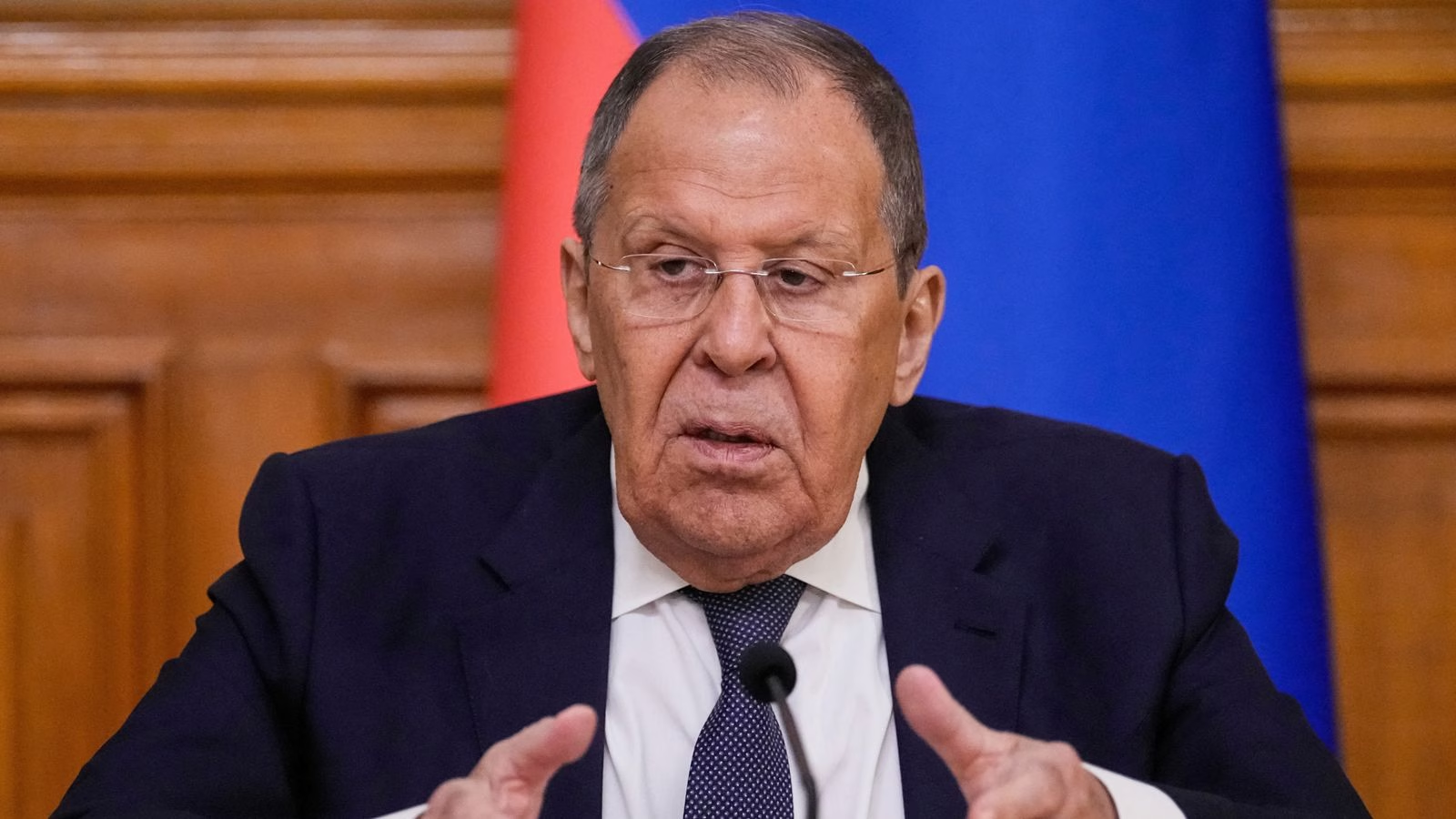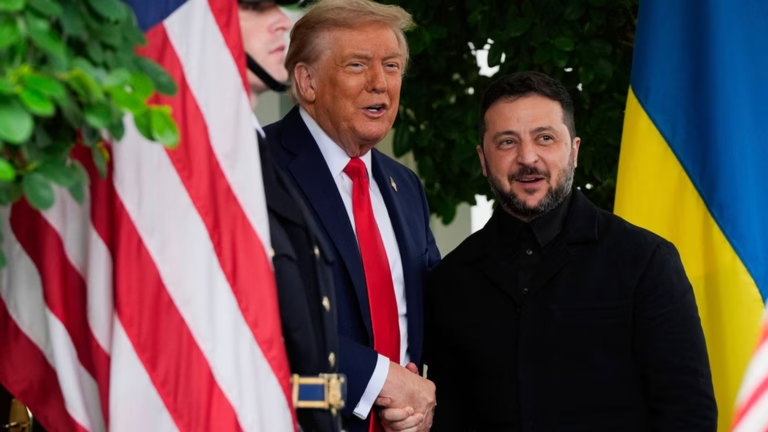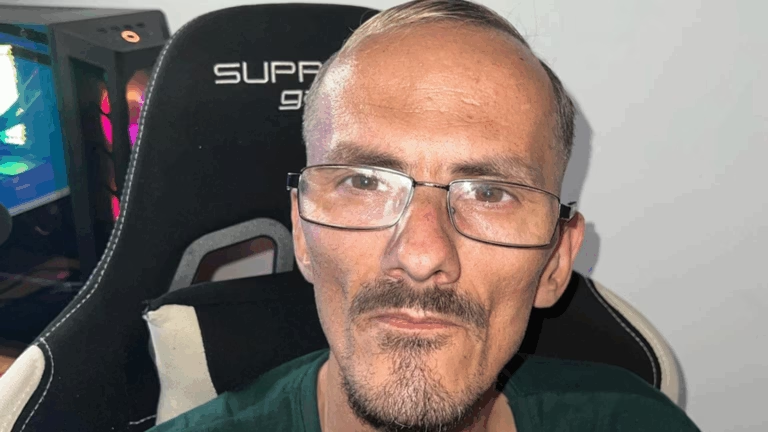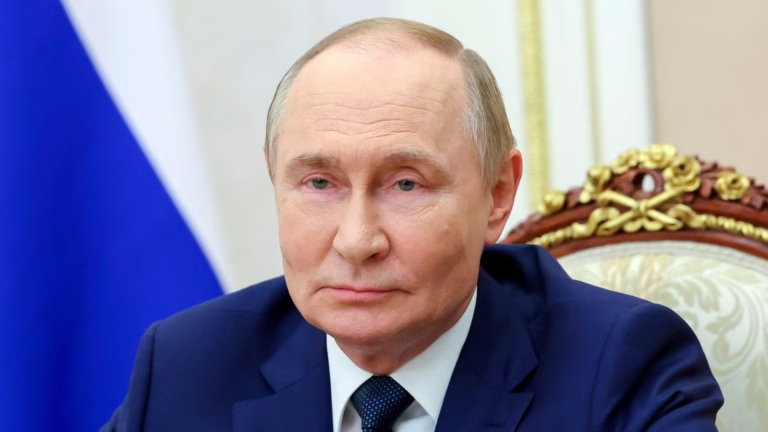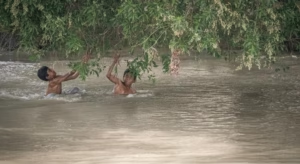Initially, it seemed like progress was being made: The US, under Donald Trump, proposed a NATO-style mutual defense guarantee for Ukraine, even with the agreement of Russian President Vladimir Putin. Steve Witkoff, a US special envoy, hailed this as a “game-changing” development following a summit between the two world leaders in Alaska.
Nevertheless, recent statements from Moscow suggest that nothing has changed. Sergei Lavrov, Russia’s foreign minister, now labels talks about future security guarantees for Ukraine as not just unproductive, but “hopeless”.
On both occasions, the veteran diplomat made it clear that the only security guarantee Russia is willing to accept is one that involves them, referring each time to a proposal put forward by Moscow at talks with Kyiv in 2022.
Under those terms, Russia would form part of a group of guarantors, along with China, effectively giving them a veto over any efforts to defend Ukraine. This would change nothing for Kyiv, but the Kremlin understands this.
“Ukraine is not interested in a sustainable, fair, long-term settlement,” Lavrov stated in Moscow, also blaming Europe for undermining “progress” made in Alaska.
However, all that seems to happen is empty talk; the situation remains at a standstill, much like a hamster unable to progress in its wheel.
Volodymyr Zelenskyy and Putin’s potential meeting is in the same state.
At the start of the week, Trump claimed both sides were arranging the details, but Moscow still has its reservations.
“Despite our president’s readiness to meet, all issues…must be resolved first,” Lavrov said, giving the condition that Zelenskyy, deemed by Moscow as “illegitimate,” could face the need to win re-election before any peace deal or presidential summit is feasible.
Despite the Trump administration’s optimistic outlook toward a peace agreement, the fundamental obstacles persist without a clear solution in sight.
Russia’s hesitation in confronting these roadblocks only adds to the uncertainty.
